 That is one of the goals emphasized in the plan to implement the classification of domestic solid waste (CTRSH) at source in the province, which was recently issued by the Provincial People's Committee. Thereby, it contributes to minimizing the amount of waste generated, reducing the cost of collecting, transporting and treating waste in the area, towards building a green, clean and beautiful living environment.
That is one of the goals emphasized in the plan to implement the classification of domestic solid waste (CTRSH) at source in the province, which was recently issued by the Provincial People's Committee. Thereby, it contributes to minimizing the amount of waste generated, reducing the cost of collecting, transporting and treating waste in the area, towards building a green, clean and beautiful living environment.

Modern waste recycling line at Tam Hong Town Central Waste Treatment Plant (Yen Lac). Photo: The Hung
With the attention, support, and synchronous implementation of many solutions from all levels, sectors, and local authorities, awareness and consciousness of environmental protection work of agencies, organizations, and communities in the province have been significantly raised. Many environmental protection movements in localities, by associations, and organizations have been effectively implemented and typical initiatives and models have been widely replicated.
Up to now, the rate of collection of solid waste in urban areas has reached 96%, in rural areas it has reached 76%; collection of hazardous waste has reached 100%; production and business establishments in the province have complied with environmental protection regulations and built environmental protection works and measures according to regulations.
However, with the current strong socio-economic development, the population and waste generated in the province are increasing day by day. Currently, the total amount of waste generated in the province is more than 1060 tons/day, of which about 423 tons/day in urban areas and about 638 tons/day in rural areas. The whole province has only one solid waste treatment facility in operation, which is the concentrated domestic waste treatment area in Tam Hong town (Yen Lac) of Trung Nguyen Environmental Treatment Company Limited, with a capacity of 120 tons/day.
Most of the domestic waste in the province is currently temporarily buried or dumped in open dumps, the rest is treated in small-scale, unsafe incinerators. However, most of the landfills and incinerators in the province are overloaded and degraded, not meeting environmental protection requirements.
The province has not yet built waste collection and transfer points to serve the collection and transportation of waste from localities to treatment facilities. In particular, the awareness of environmental protection of the majority of people has not yet become a habit or lifestyle; awareness, sense of responsibility and environmental protection actions of some production and business establishments are still low, and do not comply with environmental protection regulations, especially small-scale industrial production establishments.
The provincial planning for the period 2021 - 2030, with a vision to 2050, has oriented to build dispersed solid waste treatment facilities in districts and cities by 2030 (each locality shall arrange at least 1 treatment facility or reserve land to arrange a solid waste treatment area to ensure collection and treatment for the locality or inter-district); collection and treatment of ordinary domestic and industrial solid waste of each district and city will be collected and brought to the solid waste treatment area of each district...
To realize the above goal and at the same time overcome difficulties and shortcomings in environmental protection, the Provincial People's Committee has just issued a plan to classify solid waste at source in the province.
Accordingly, the province focuses on promoting propaganda and dissemination of legal regulations on collection and classification of solid waste at source, mobilizing people to classify solid waste, use alternative products, and use environmentally friendly plastic bags at shopping centers, supermarkets, convenience stores, and traditional markets.
Along with that, issue and distribute documents guiding the classification of solid waste at source and limiting the use of plastic bags and disposable plastic products to all organizations, individuals and communities in the province.
Piloting the model of classifying solid waste at source in Vinh Tuong and Yen Lac districts and in Model Cultural Villages (LVHKM) in the province. From there, replicate and promote effective initiatives and models of classifying solid waste at source in residential areas, public places, and agencies.
As a professional support unit for localities in the work of classifying solid waste at source according to requirements, ensuring the set goals and tasks, the Department of Natural Resources and Environment is developing an implementation plan, expected to organize training and guidance for commune-level leaders, commune-level environmental officers, and heads of waste collection units in localities in the process and techniques of classifying solid waste at source in Yen Lac and Vinh Tuong districts in March and April.
In April, the pilot project will be implemented at 2 LVHKM (1 LVHKM/1 district). From June to October 2024, the model of classifying household waste at source will be expanded across the entire area of Yen Lac and Vinh Tuong districts. In November 2024, the model will be expanded across the entire province.
With the increasing volume of household waste, waste classification at source is considered an important solution that not only helps to reduce the amount of waste generated, reduce pressure on the waste collection and treatment system, but also recovers resources from waste.
Therefore, it is necessary to have the participation and determination of the entire political system as well as the awareness and responsibility of each citizen, agency, business as well as environmental service units.
Red
Source



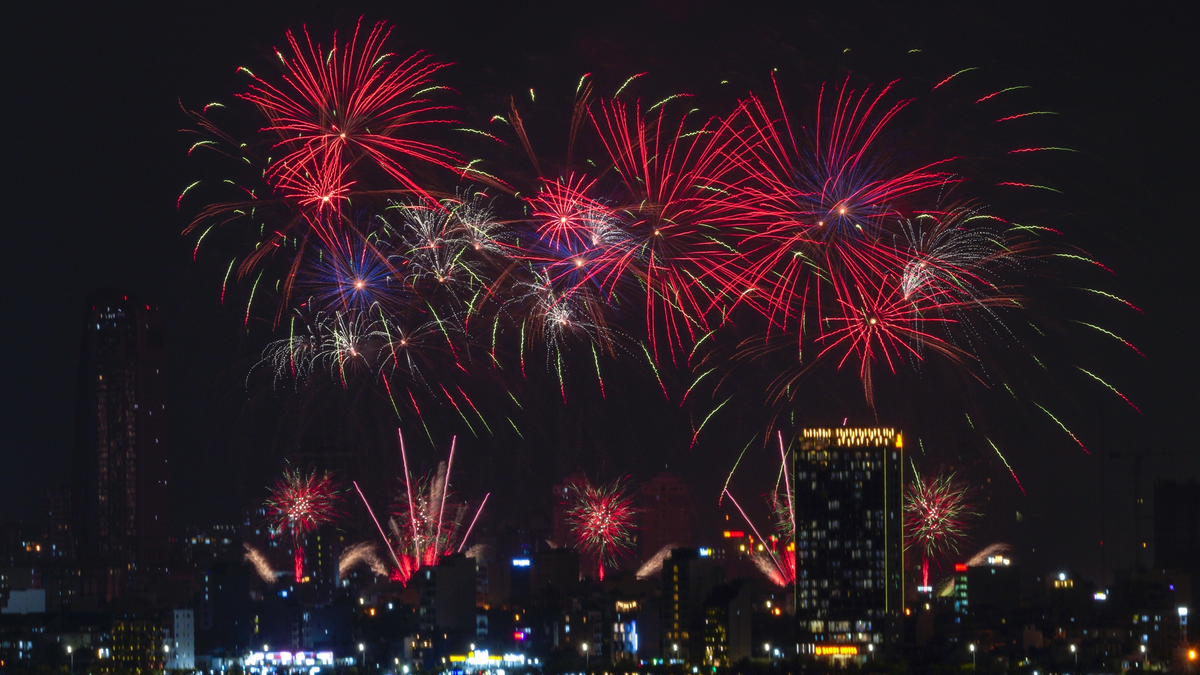

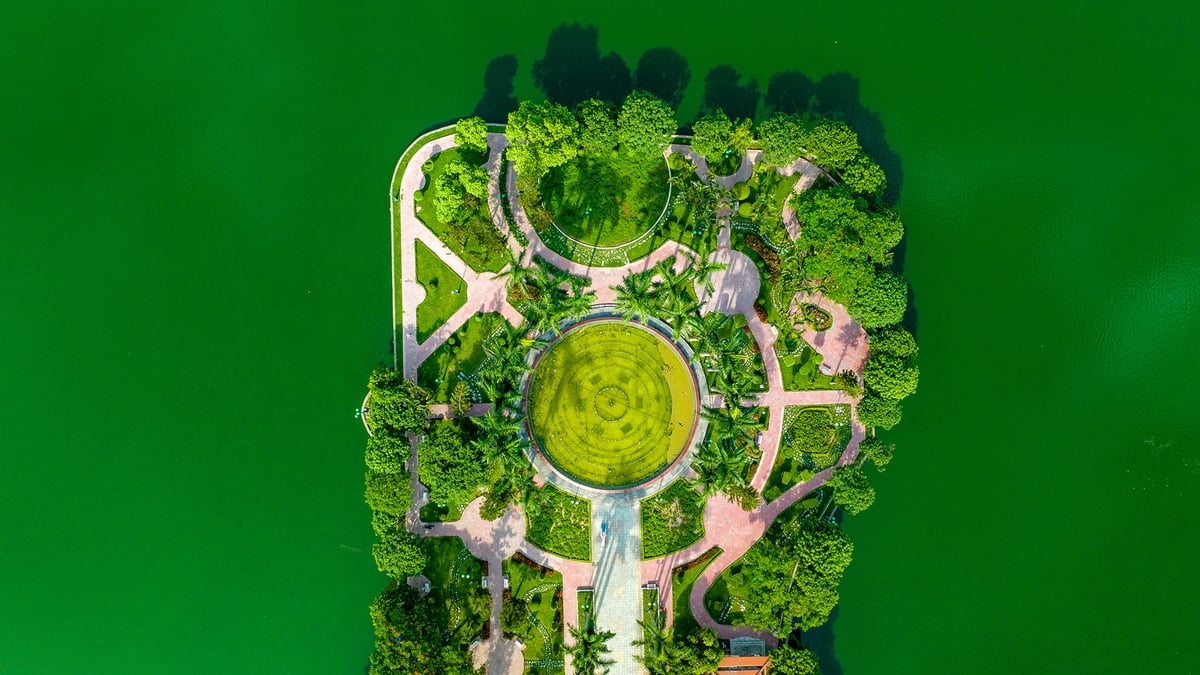


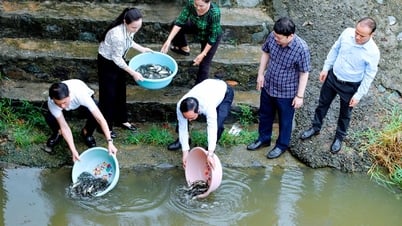



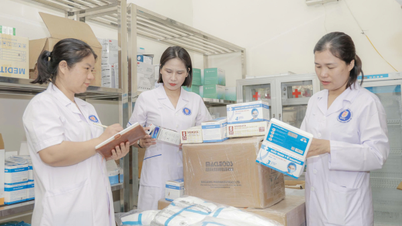
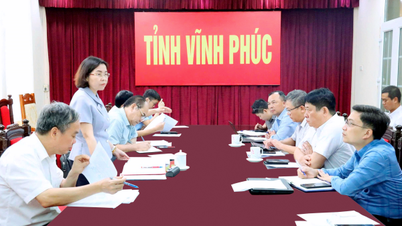
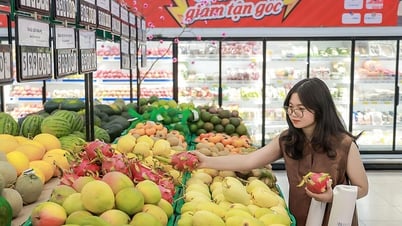

























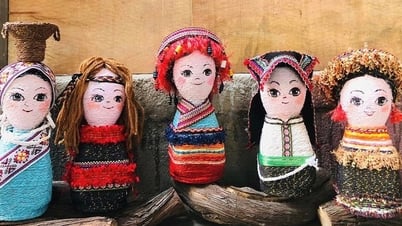
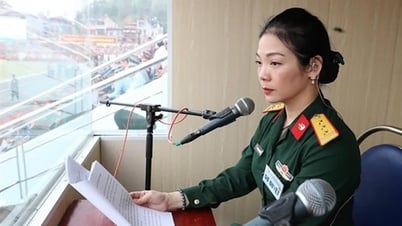




![[Maritime News] Wan Hai Lines invests $150 million to buy 48,000 containers](https://vphoto.vietnam.vn/thumb/402x226/vietnam/resource/IMAGE/2025/6/20/c945a62aff624b4bb5c25e67e9bcc1cb)









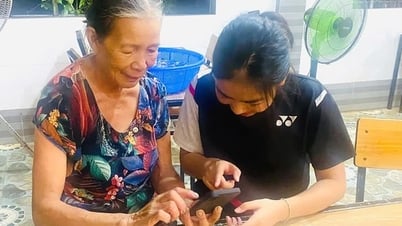

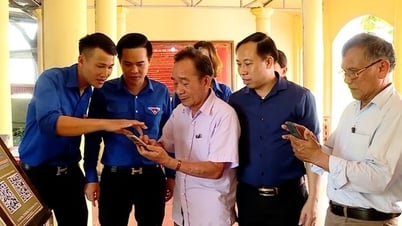
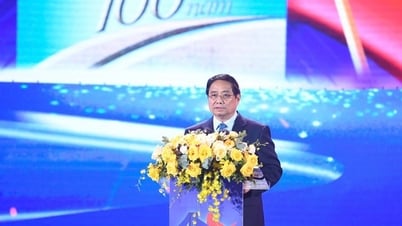

![[Infographic] Party Committee of the Ministry of Culture, Sports and Tourism: Marks of the 2020 - 2025 term](https://vphoto.vietnam.vn/thumb/402x226/vietnam/resource/IMAGE/2025/6/22/058c9f95a9a54fcab13153cddc34435e)







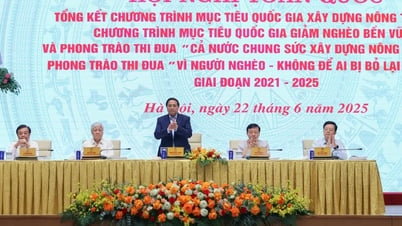

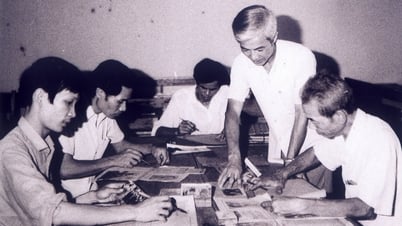
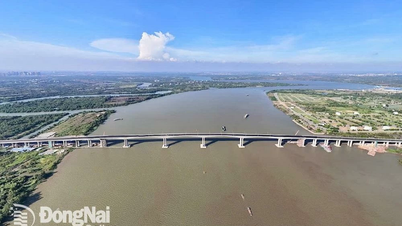

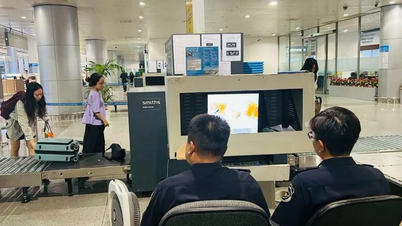











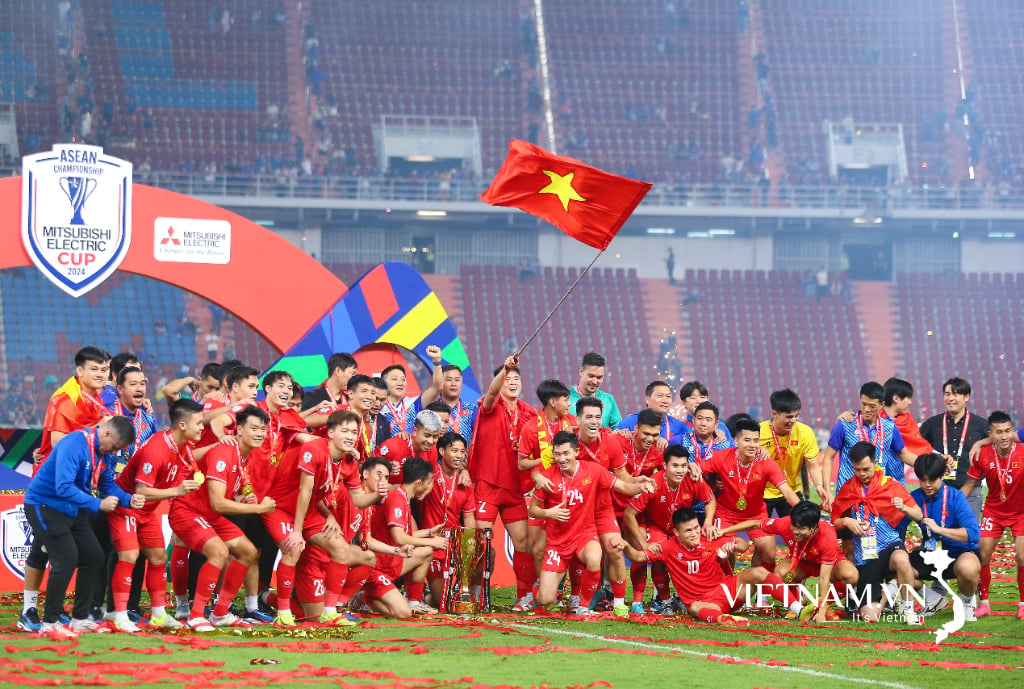

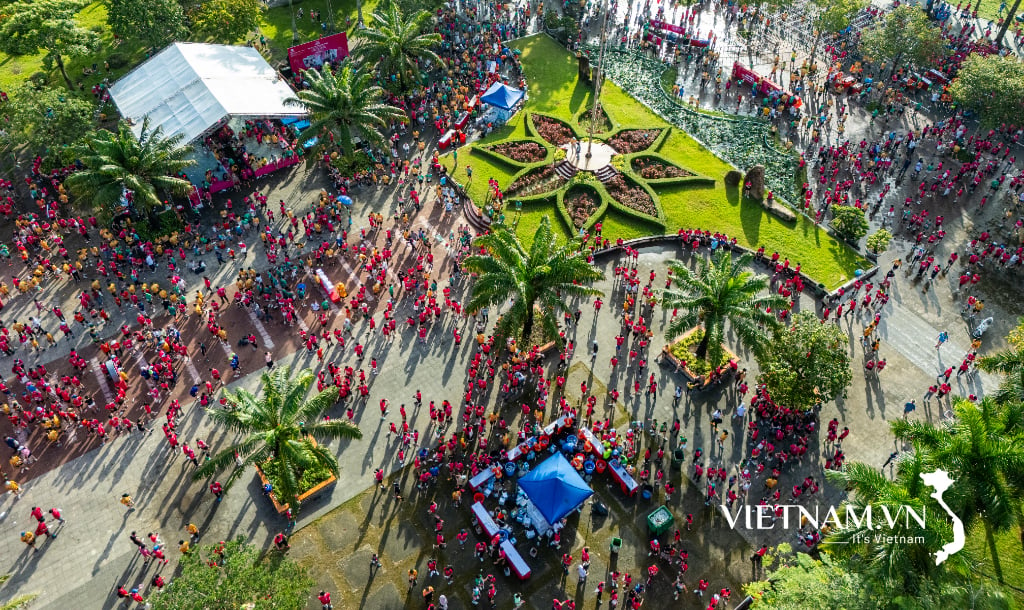
Comment (0)